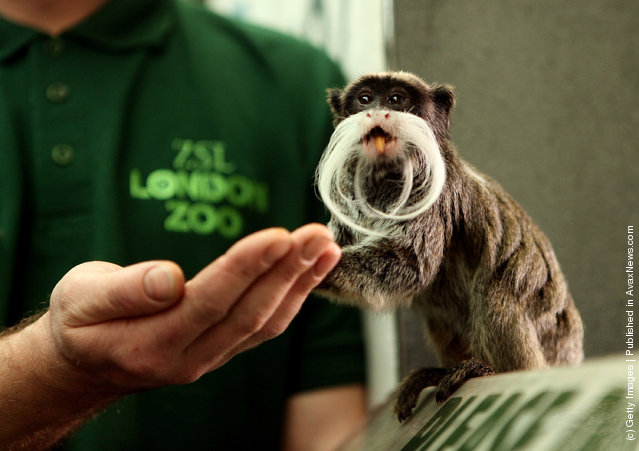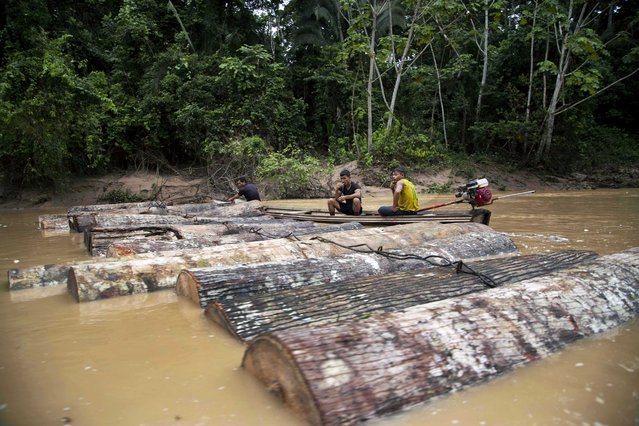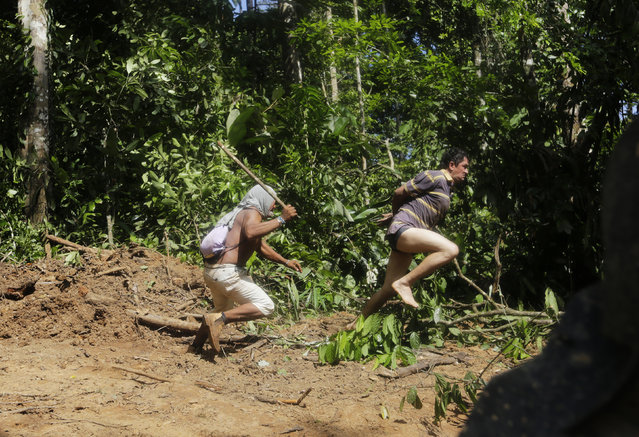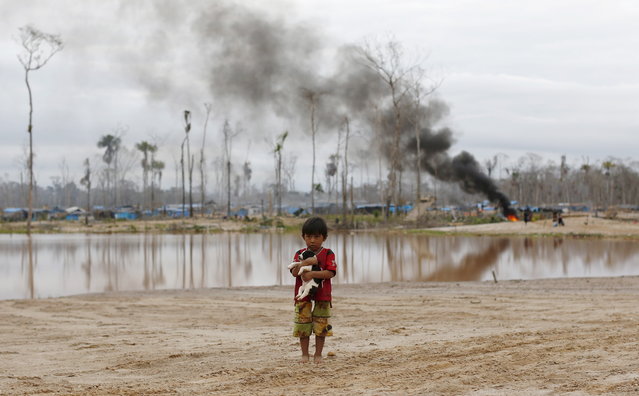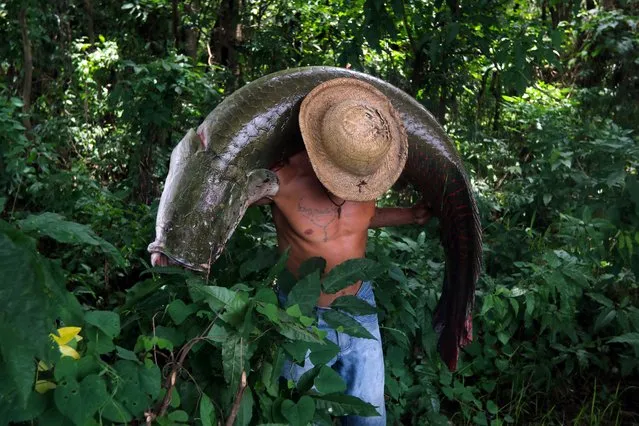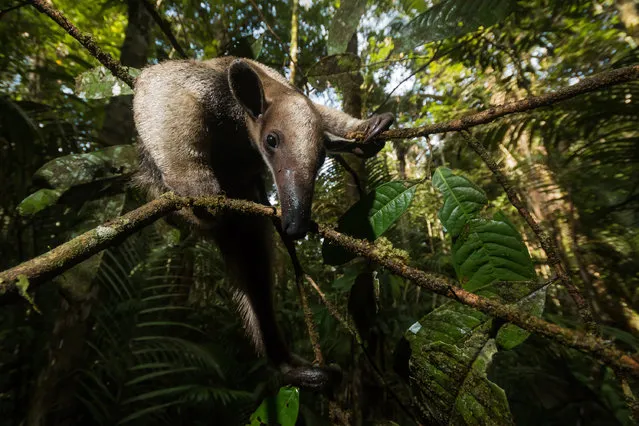
People gather beneath rainbow lights following Cinespia’s screening of “The Wizard of Oz” at Hollywood Forever Cemetery, presented by Amazon Studios & Prime Video, on July 31, 2021 in Los Angeles, California. Summer screenings have returned to the iconic cemetery after a hiatus amid the pandemic last summer. Actress Judy Garland is laid to rest at the cemetery where many movie legends are buried. (Photo by Mario Tama/Getty Images)
10 Sep 2021 09:58:00,post received
0 comments

